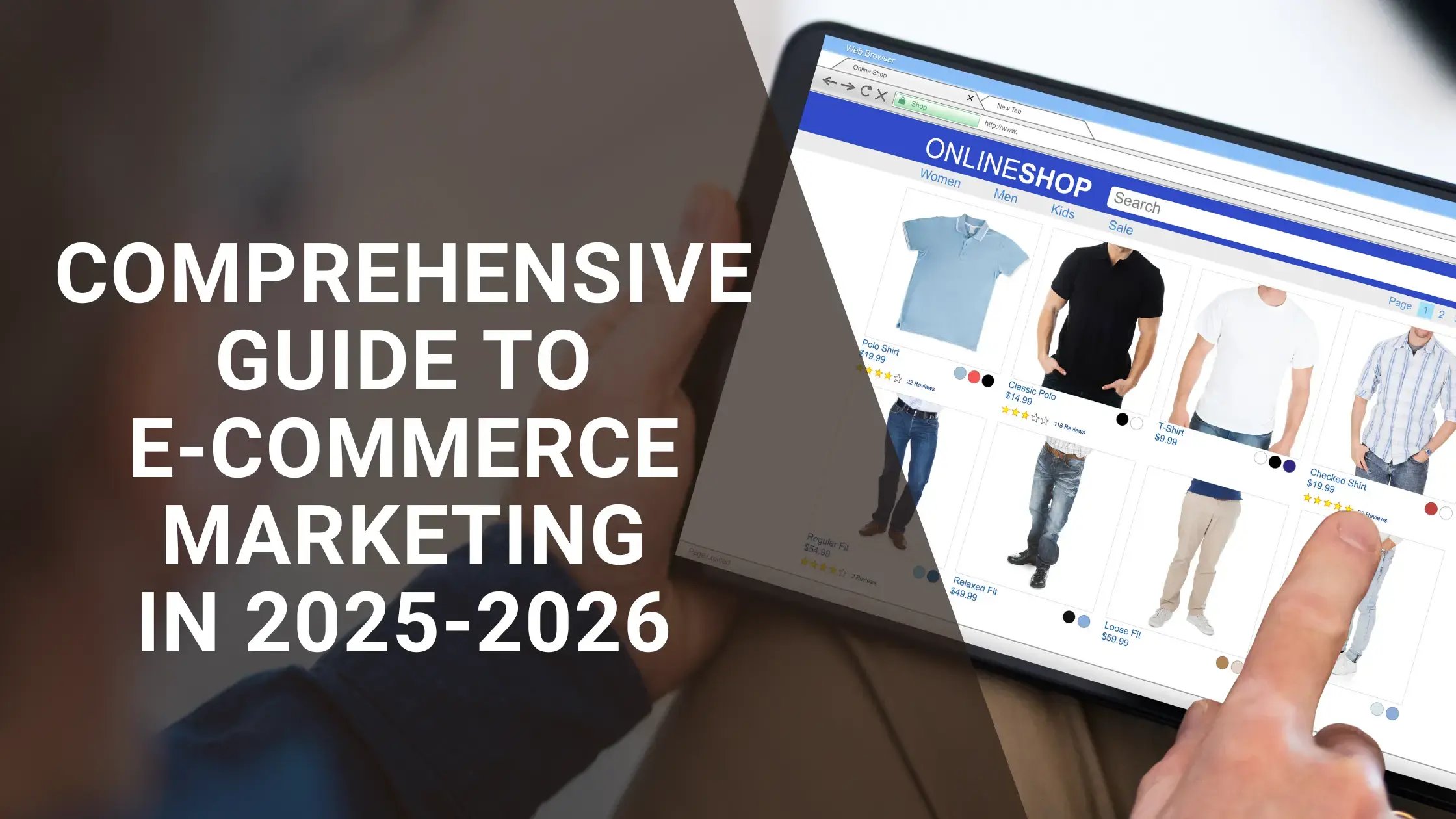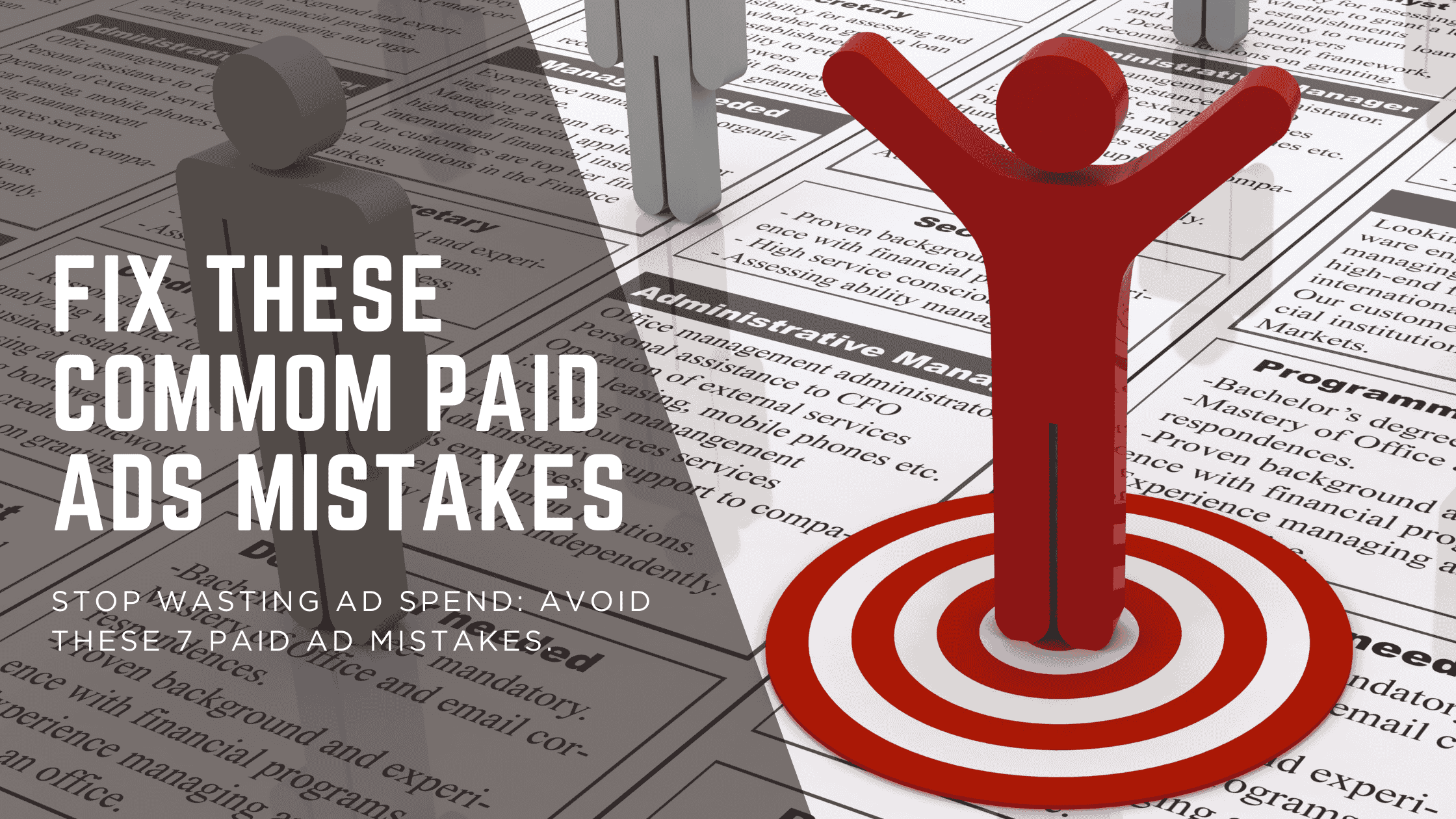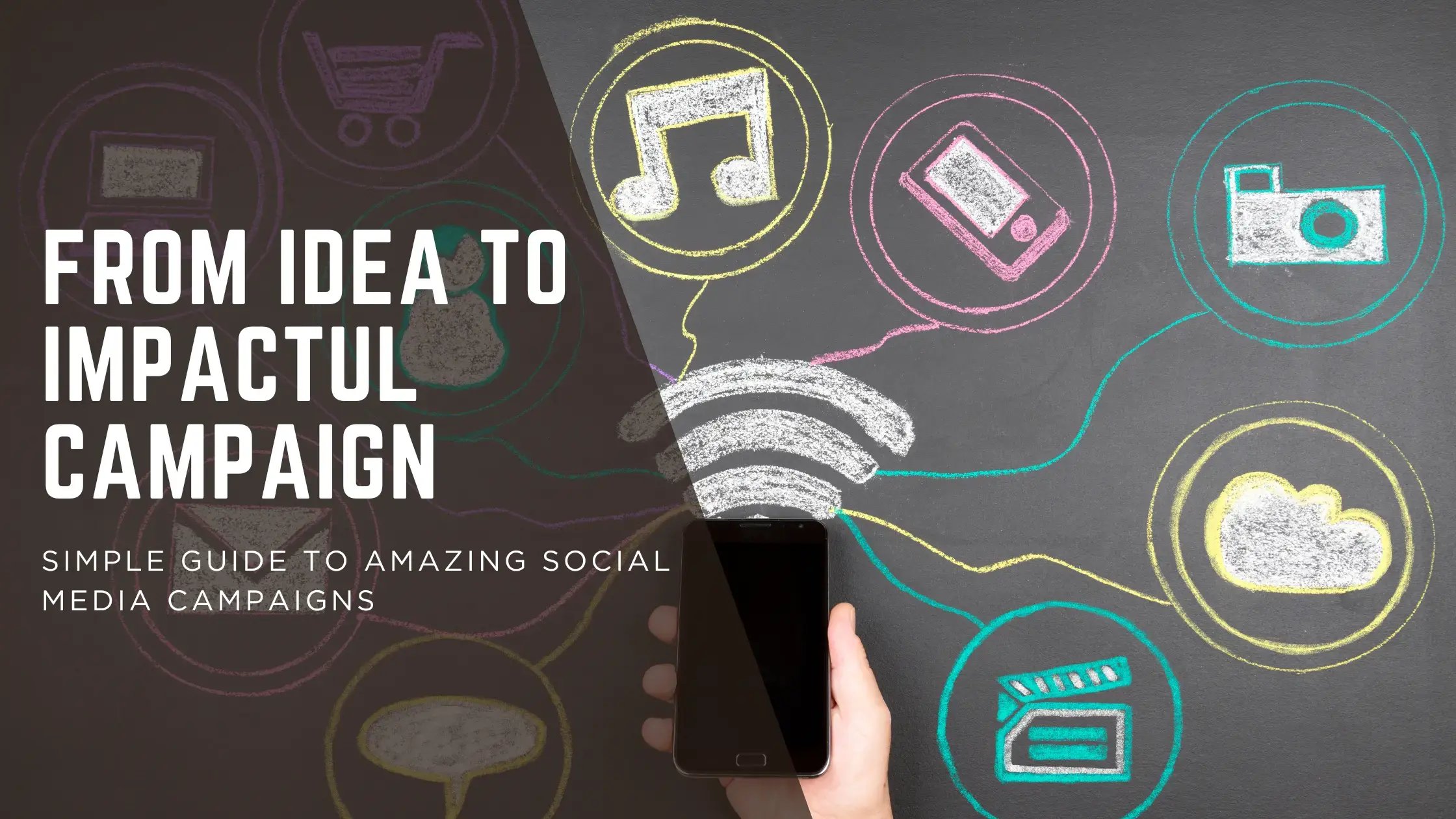
Common Paid Ad Mistakes (And How to Fix Them)

Introduction
Paid advertising can be a game-changer for businesses, offering fast visibility and measurable results. However, even seasoned marketers make costly mistakes that drain budgets and underdeliver. For small businesses, these errors can mean the difference between a thriving campaign and a financial black hole.
In this guide, we’ll break down the most common paid ad mistakes—from poor targeting to ignoring analytics—and provide actionable fixes to help you maximize ROI. Whether you’re running Facebook Ads, Google Ads, or TikTok campaigns, these lessons will save you time, money, and frustration.

Mistake #1: Ignoring Audience Targeting
The Problem:
Many marketers cast too wide a net, hoping to attract “everyone.” This leads to wasted spend and low conversion rates.
Example:
A local gym targets all adults aged 18–65 in a 50-mile radius. Their ad spend goes to retirees, college students, and busy parents—most of whom aren’t interested in a premium fitness membership.
How to Fix:
Use hyper-specific audience segmentation:
Demographics (age, gender, location).
Interests (e.g., “yoga enthusiasts,” “home workout gear shoppers”).
Behaviors (recent website visitors, past purchasers).
Leverage lookalike audiences (Facebook/Google) to target users similar to your best customers.
Pro Tip:
Test smaller audiences first. For example, run two ads: one targeting “busy professionals aged 30–45” and another for “new parents seeking quick workouts.” Compare performance.
Mistake #2: Writing Weak Ad Copy
The Problem:
Generic headlines like “Buy Now!” or “Great Deal!” fail to resonate. Your ad needs to hook viewers in 2 seconds.
Example of Bad Copy:
“Shop Our Amazing Products—50% Off Today!”
Example of Strong Copy:
*“Tired of Flaky Foundation? Get 24-Hr Matte Perfection (50% Off for First-Time Buyers).”*
How to Fix:
Focus on pain points: Start with the customer’s problem.
Use urgency or scarcity: “Limited Stock” or “Offer Ends Tonight.”
Include a clear CTA: “Book Your Free Consultation” > “Click Here.”
Template:
“[Problem]? [Solution]. [CTA].”
Example: “Struggling to Sleep? Our Organic Mattress Guarantees 8-Hour Rest. Shop Now.”
Mistake #3: Neglecting Mobile Optimization
The Problem:
56% of paid traffic comes from mobile devices (WordStream), but many ads are designed for desktop.
Example:
A restaurant’s Google Ad links to a desktop-only menu PDF. Mobile users bounce instantly.
How to Fix:
Design mobile-first creatives: Use vertical videos for Instagram/TikTok.
Optimize landing pages: Fast load times, large buttons, simplified forms.
Enable click-to-call: For local businesses, add a phone number button.
Mistake #4: Not A/B Testing
The Problem:
Assuming your first ad idea is perfect. Even tiny tweaks can boost conversions by 20–30%.
What to Test:
Headlines
Images (product vs. lifestyle)
CTAs (“Buy Now” vs. “Get Discount”)
Ad placements (Facebook Feed vs. Stories)
Case Study:
An online jewelry store tested two Facebook Ads:
Ad A: “Shop Luxury Bracelets” + product image.
Ad B: “Surprise Her with a Timeless Gift” + image of a smiling woman opening a gift box.
Result: Ad B drove 3x more clicks and 50% lower cost per sale.
Mistake #5: Ignoring Analytics
The Problem:
Launching ads without tracking performance is like driving blindfolded.
Key Metrics to Monitor:
Click-Through Rate (CTR): Below 1%? Fix your copy or targeting.
Conversion Rate: Are visitors taking the desired action?
Cost Per Acquisition (CPA): Compare to customer lifetime value.
Tool Recommendation:
Google Analytics: Track user behavior post-click.
Facebook Ads Manager: Monitor ad relevance scores.
Mistake #6: Setting Unrealistic Budgets
The Problem:
Small budgets spread too thin across platforms won’t generate meaningful data.
Example:
A $5/day Google Ads budget for a competitive keyword like “best running shoes” gets outbid instantly.
How to Fix:
Focus on 1–2 platforms first (e.g., Google Ads + Instagram).
Allocate budget strategically:
70% to top-performing ads.
30% to testing new ideas.
Mistake #7: Forgetting the Customer Journey
The Problem:
Showing the same ad to cold audiences and loyal customers.
Solution:
Segment ads by funnel stage:
Awareness: Educate (e.g., “What is SEO?”).
Consideration: Compare (e.g., “Our vs. Competitors’ Pricing”).
Decision: Offer discounts (e.g., “Last Chance: 20% Off”).
Example:
A SaaS company retargets cart abandoners with: *“Your 7-Day Free Trial Is Waiting! (Limited Spots Left).”*
Real-World Example: How “FreshFit Meals” Fixed Their Paid Ad Strategy
Challenge:
A meal delivery service wasted $2,000/month on Google Ads with a 0.5% CTR.
Mistakes Identified:
Targeting too broad (“people interested in food”).
Generic ad copy (“Order Healthy Meals”).
Non-mobile-friendly landing page.
Fixes Implemented:
Audience: Targeted “busy professionals aged 25–40” + fitness app users.
Ad Copy: “Chef-Cooked Meals in 10 Mins—No Prep, No Cleanup. Get 50% Off Your First Week.”
Landing Page: Simplified mobile design with a 1-click order button.
Results in 60 Days:
CTR increased to 3.2%.
Cost per acquisition dropped by 65%.
Revenue grew by 200%.
Tools to Avoid These Mistakes
Google Keyword Planner: Find low-competition keywords.
Canva: Design mobile-friendly ad creatives.
Unbounce: Build high-converting landing pages.
Hotjar: Track user behavior on your site.
Conclusion
Paid ads aren’t about throwing money at platforms—they’re about strategic, data-driven decisions. By avoiding these common pitfalls and focusing on relevance, testing, and optimization, even small businesses can compete with larger players.
Your Action Plan:
Audit your current ads for the 7 mistakes above.
Prioritize fixing one high-impact issue (e.g., audience targeting).
Test, measure, and scale what works.
Remember: The best marketers aren’t perfect—they’re proactive learners.

